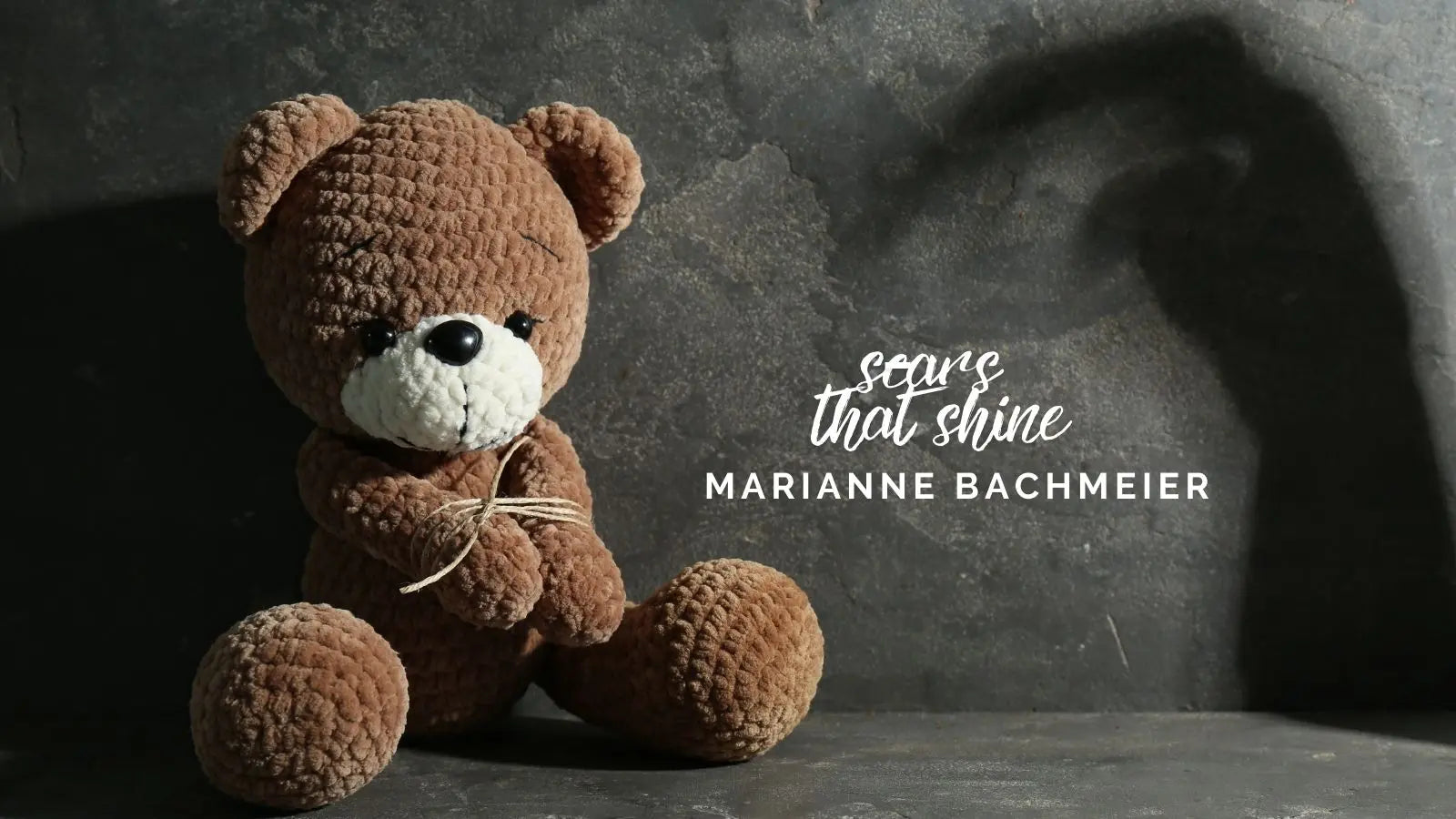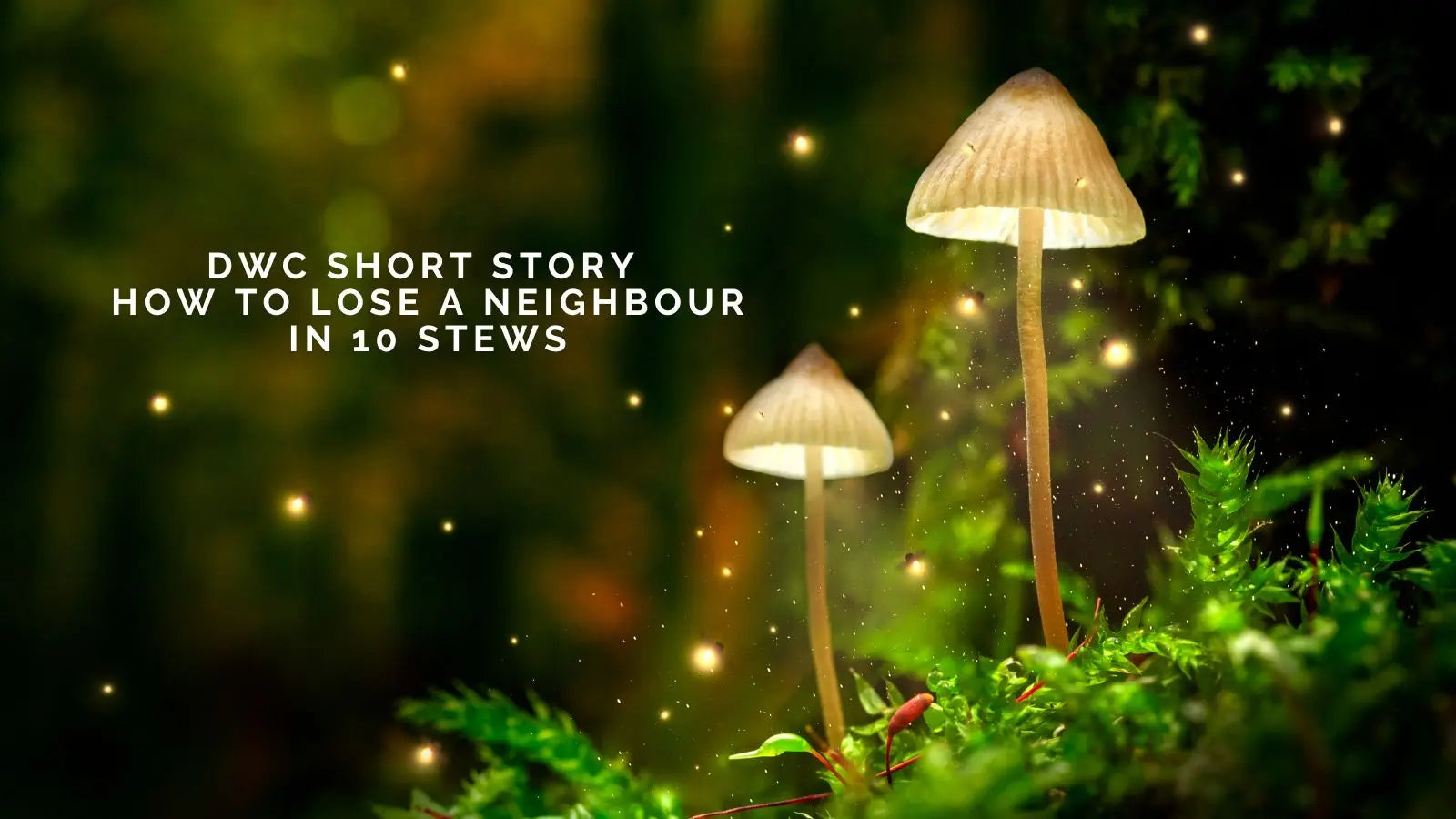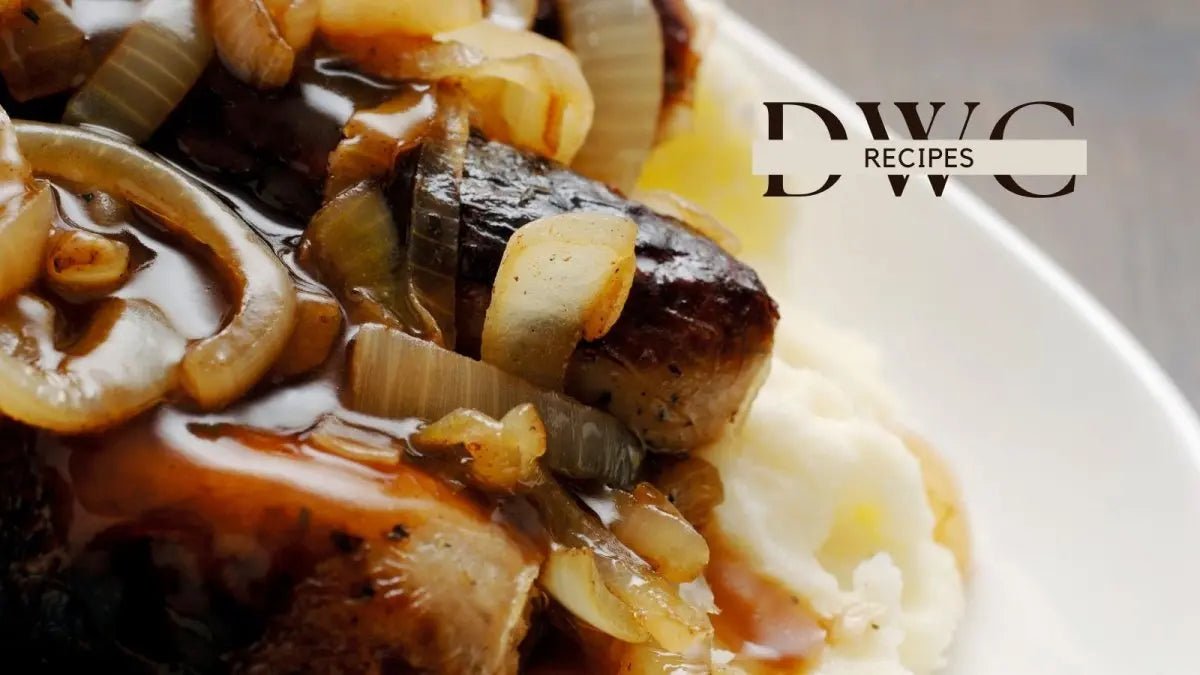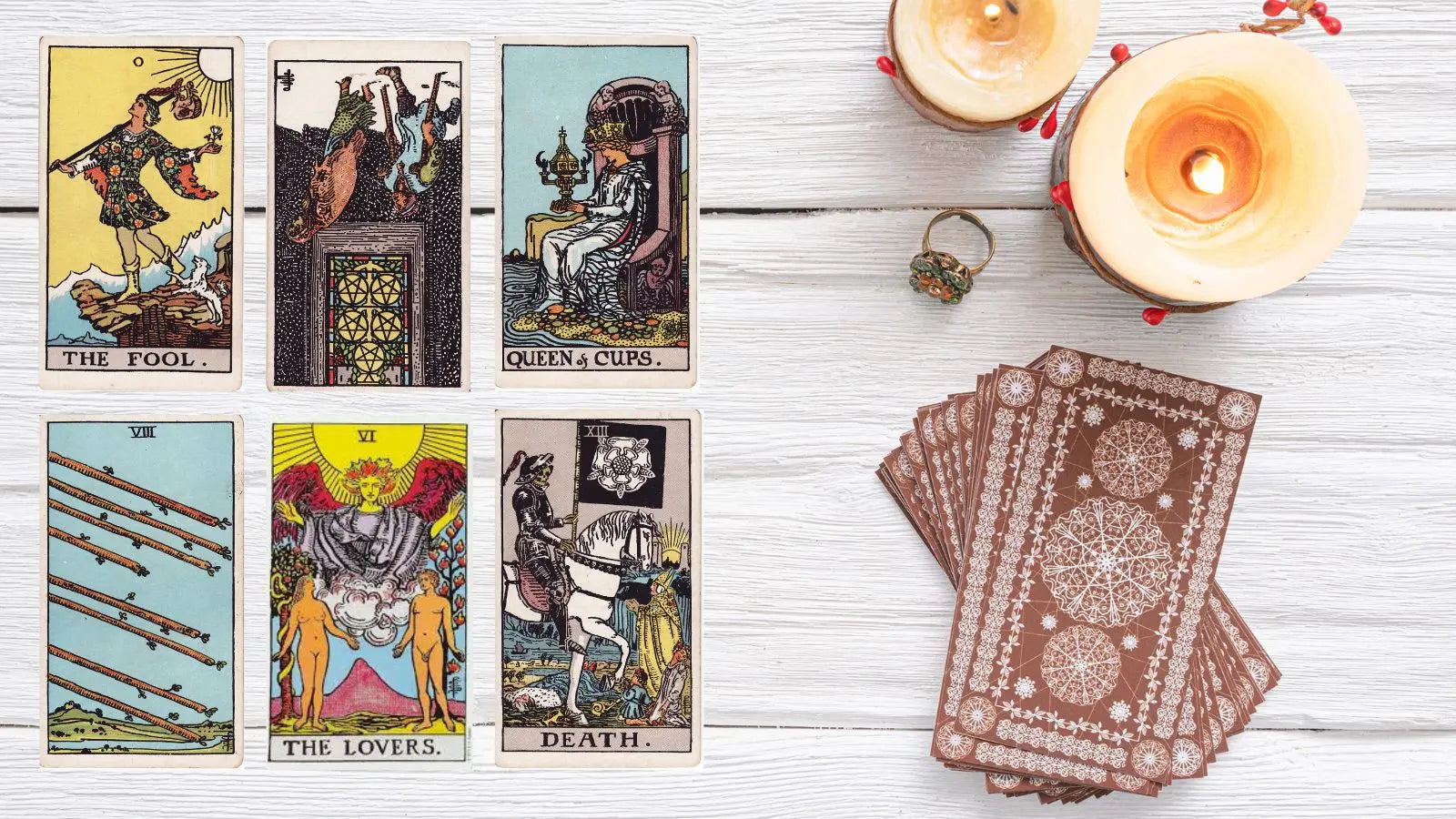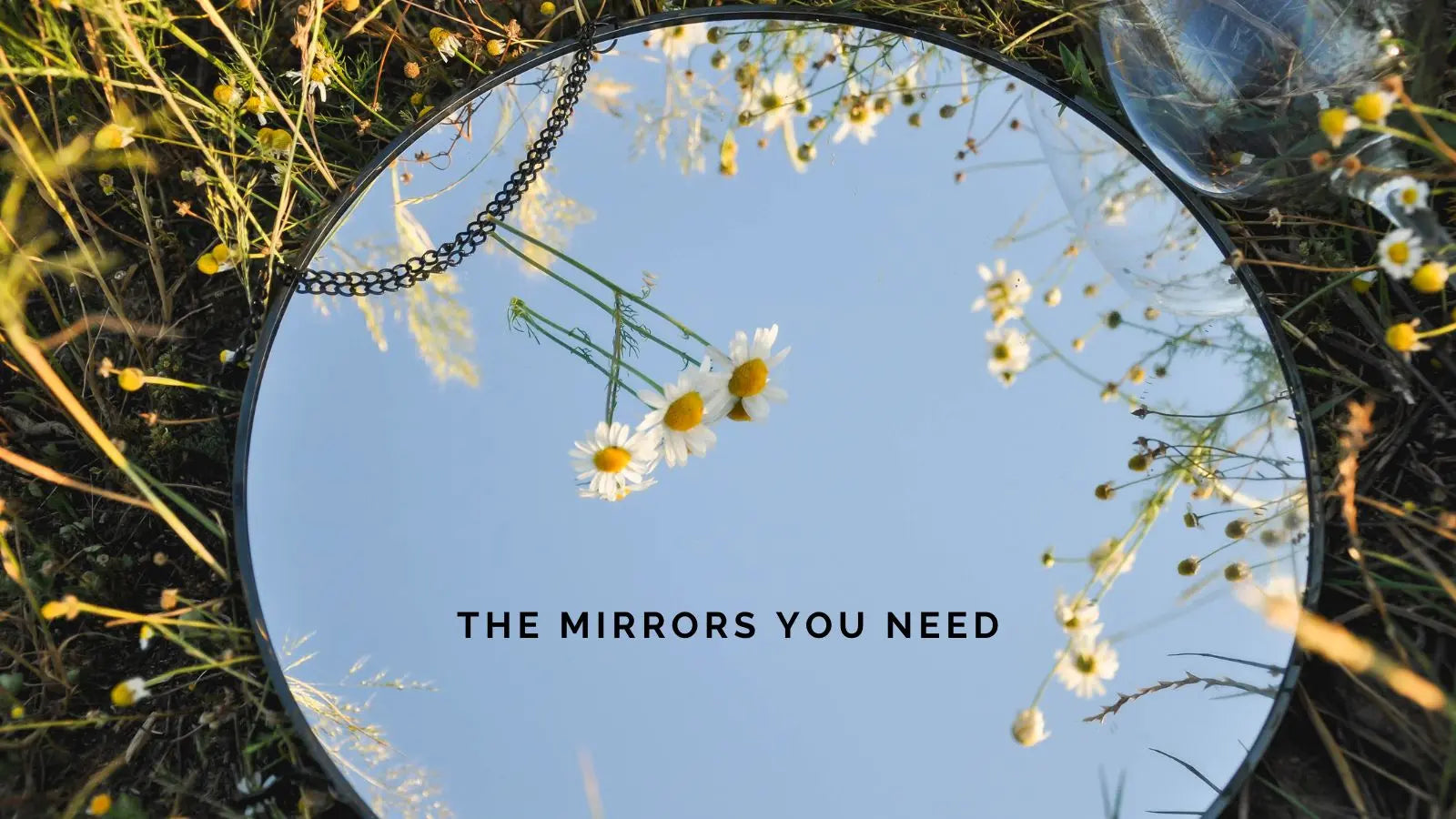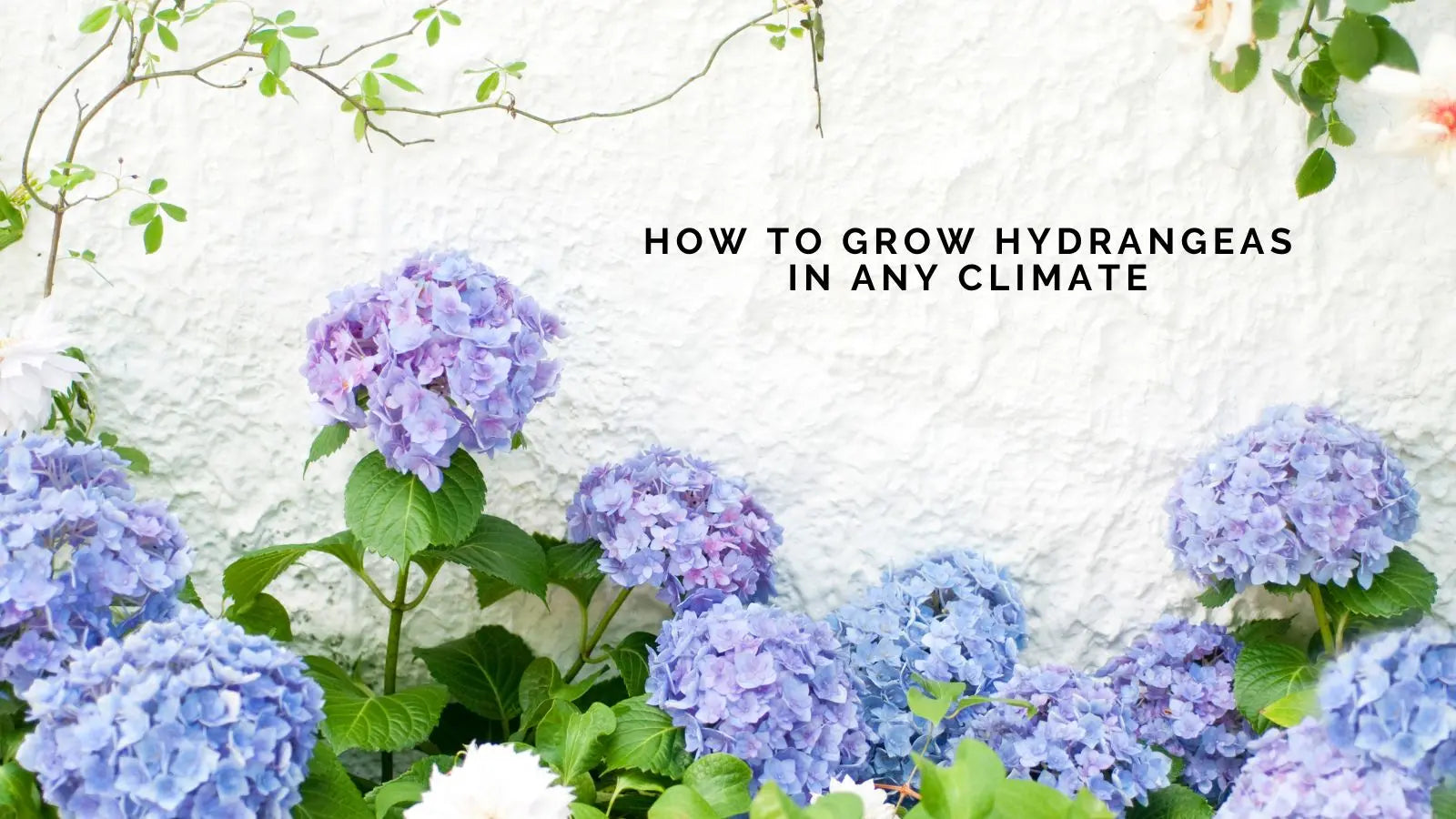
If there’s one plant that makes gardeners sigh with delight, it’s the hydrangea. Those glorious, full-headed blooms in shades of blue, pink, white and purple can turn any garden into a floral fairytale. But while they’re undeniably stunning, they can also be a bit... fussy.
The secret to lush, vibrant hydrangeas? Understanding how temperature, soil, and care work together—and how to adapt your routine whether you’re gardening in a cool, temperate, or downright sweltering climate.
Let’s dig into it (pun intended!).
First, Know Your Hydrangea
Before we even talk temperatures, it helps to know which hydrangea you’ve got growing. The most common types are:
Hydrangea macrophylla (Bigleaf) – includes mophead and lacecap varieties, often colour-changing based on soil pH.
Hydrangea paniculata (Panicle) – hardy, sun-loving, and shaped like a cone.
Hydrangea arborescens (Smooth) – like the popular 'Annabelle'; very cold-tolerant.
Hydrangea quercifolia (Oakleaf) – thrives in warmer areas and offers stunning autumn foliage.
Each type has its quirks—but they all need some tender care depending on your climate.
Growing Hydrangeas in Cooler Climates
Hydrangeas can absolutely thrive in cooler parts of the UK and similar zones. But you’ll need to give them a bit of protection from frosts and late spring chills.
What They Need:
Shelter: Place near a wall or fence that blocks cold winds.
Mulching: A thick layer of mulch in autumn helps protect roots over winter.
Pruning Caution: Avoid cutting them back too much in autumn—many bloom on old wood and you might accidentally snip away next year’s flowers.
Frost Cover: If a late frost threatens, toss a bedsheet or garden fleece over young buds overnight.
Pro Tip: Smooth and panicle hydrangeas tend to do better in cold climates, as they bloom on new wood. That means even if winter is rough, you’re not losing this year’s blooms.
Growing Hydrangeas in Warm & Hot Climates
Hot summers? No problem—as long as you’re ready to hydrate and provide a little shade.
What They Need:
Morning Sun, Afternoon Shade: Full sun in hot areas can scorch the leaves and stress the plant.
Consistent Watering: These plants are thirsty! They like moist (but not soggy) soil.
Soil Conditioning: In hot areas, soil dries out quickly. Enrich with compost and mulch heavily to retain moisture.
Hydration Tip: Deep watering a few times a week is better than light watering daily. Get that moisture down to the roots!
Soil & Hydrangea Colour: The pH Magic
One of the most magical things about hydrangeas is their colour-shifting trick. Hydrangea macrophylla blooms can change based on soil pH:
Acidic soil (pH below 6) = Blue flowers
Neutral to alkaline soil (pH 7 and above) = Pink or purple flowers
If you’ve ever wondered why your neighbour’s hydrangeas are a rich blue while yours are bubblegum pink—it’s probably the soil.
You can acidify soil with pine needles, coffee grounds, or sulphur. Want pink? Add lime. But this only works on certain types, so don’t expect your panicle or oakleaf varieties to change colour—they won’t!
Watering: The Goldilocks Rule
Too much water? Root rot.
Too little? Droopy, sad blooms.
Just right? Glorious, head-turning colour and full, upright growth.
Hydrangeas like consistent moisture, especially during their growing season. If your soil doesn’t drain well, they’ll sulk. If it's too dry, they'll collapse. Aim for:
Well-draining soil
Regular deep watering
Mulch to lock in moisture
Look out: If leaves are turning yellow but the soil feels wet, you may be overwatering. Time to ease off the hose!
What Can Go Wrong?
Even with the best intentions, hydrangeas can act up. Here are a few common issues:
No Blooms. Pruned too hard? Frost killed the buds? Too much nitrogen fertiliser? Use a fertiliser formulated for flowering plants and don’t prune until you know if your variety blooms on old or new wood.
Drooping Leaves or Blooms. Usually heat or underwatering. Check soil moisture and provide shade.
Brown Edges on Leaves. Too much sun or wind exposure. Consider relocating or using shade cloth.
Container Hydrangeas: Yay or Nay?
Absolutely yay—especially if you’re in a flat or renting! They grow beautifully in large pots. Just make sure:
There’s room for roots to breathe
Drainage holes are plenty
You water more frequently (pots dry out faster)
Bonus: You can move them around with the seasons. Cosy in winter, shaded in summer!
Hydrangeas might need a bit of coddling, but the payoff is utterly worth it. Once you get the hang of what they love in your unique climate, you’ll have blooms that stop people in their tracks.
So, let’s talk:
Have you had success (or struggles) with hydrangeas where you live? Do you garden in a hotter area and have a tip to share? Drop a comment below—I love hearing what works in other gardens!
And if you found this helpful, why not share it with a friend who’s got hydrangea dreams?



